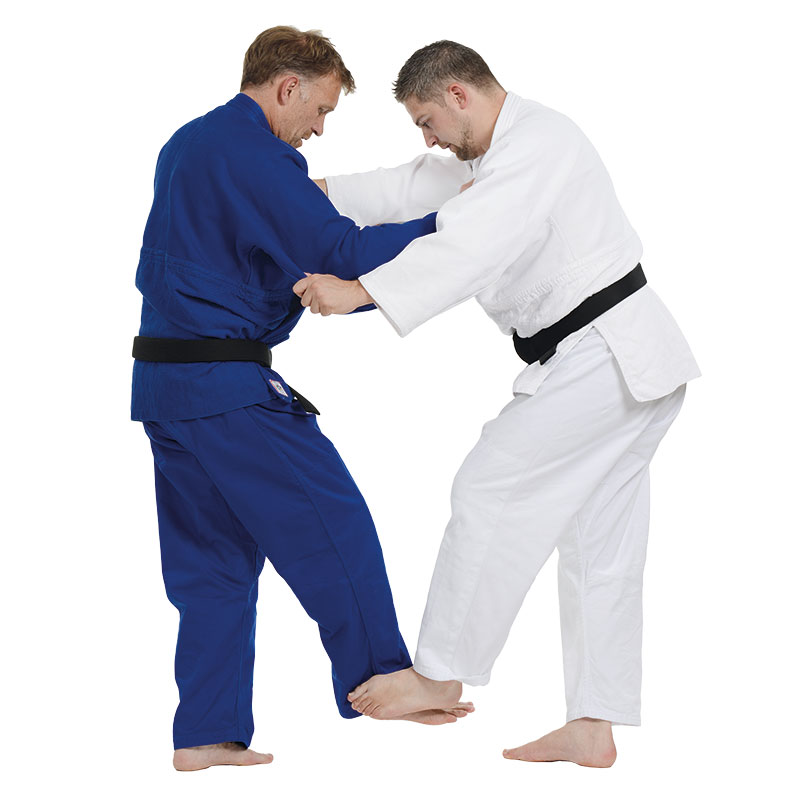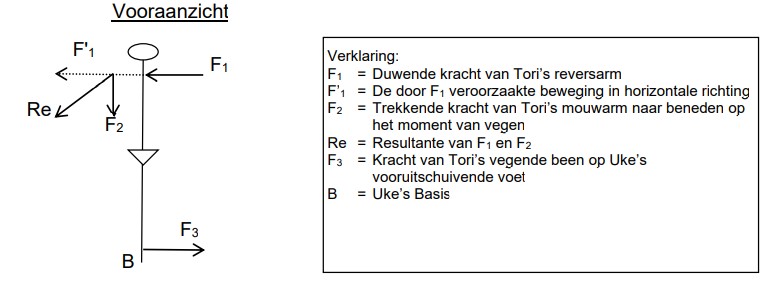Tsubame-gaeshi 燕返
Swallow Counter
Classification: Ashi-waza (leg technique)
Japanese meaning:
-
Tsubame = swallow (the bird)
-
Gaeshi = counter / reversal
Technical Description
Tsubame-gaeshi is a counter technique against De-ashi-harai (advanced foot sweep). When uke initiates an attack with De-ashi-harai, tori instinctively withdraws the attacked foot and immediately responds by sweeping uke’s attacking leg from behind, causing them to fall in the direction of their own attack.
The movement resembles the quick and elegant reversal of direction seen in the flight of a swallow, hence the poetic name “Swallow Counter.”
This technique requires:
-
Precise timing,
-
Reflexive reaction,
-
And the ability to read uke’s attack and commitment instantly.

Biomechanics of Tsubame-gaeshi
This throw is based on a couple of forces (Re + F3):
-
Re (upper body force): Tori pulls uke’s upper body in the direction of the failed sweep (toward the sleeve side).
-
F3 (leg force): Simultaneously, tori sweeps uke’s extended leg in the opposite direction, removing uke’s base of support.
This coordination of pulling and sweeping redirects uke’s momentum and causes them to fall abruptly.

Did You Know?
Tsubame-gaeshi (燕返) is one of the seventeen techniques of the Shinmeisho no Waza — the “newly accepted techniques” officially recognized by the Kodokan in 1982.
The name Tsubame-gaeshi comes from the legendary sword technique of the same name used by famous samurai Sasaki Kojirō. It symbolises fluid motion, reversal, and precision — all of which are reflected in this dynamic judo counter.